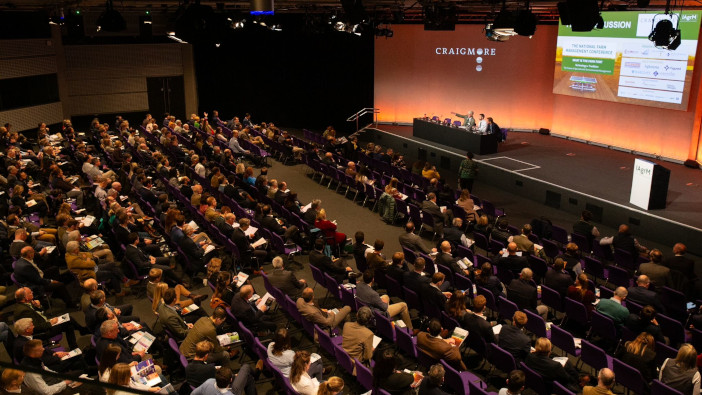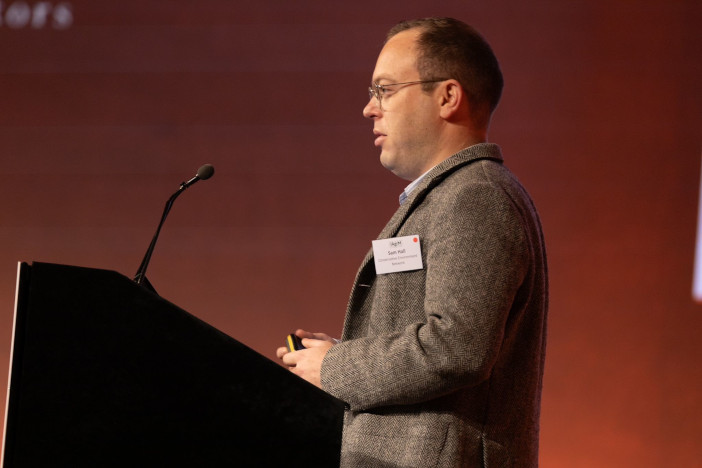The central message of the Institute of Agricultural Management’s (IAgrM) National Farm Management Conference, attended by 430 delegates, was that agricultural businesses should continue to adopt appropriate technologies in tandem with traditional approaches, all delivered with astute management.
Professor Sir Charles Godfray, from Oxford University, noted that climate change will impact our ability to produce food and that farms would come under increased governmental and supply chain pressure to reduce emissions.
“Farms will need to take every opportunity to improve efficiency to reduce emissions, but also consider the opportunities presented by carbon sequestration,” he said. “Furthermore, by cutting methane, farms can have a direct effect on cooling the atmosphere, which could be argued is a public good, and something that they should be paid for.”
The national decline in biodiversity was also addressed. Sam Hall, from the Conservative Environment Network, stressed that there are farming methods to reverse this decline, which could be actioned without compromising output. These included cover crops, reduced tillage and the precision application of inputs.
He added that the shift in subsidy schemes away from protection and towards environmental measures would also encourage biodiversity. The audience was also told that regenerative farming embraced many of the key principles to reducing carbon footprints and boosting biodiversity while helping them meet the criteria for subsidies.
“It all starts with the soil, improving its quality and nutritive value, while keeping it where it’s needed – in fields not rivers,” explained Paul Cherry from Groundswell Agriculture. “By capturing carbon and increasing biological activity we can cut costs and build resilient businesses.”
Technology would have to play a major role in driving efficiency, added Aiden Connelly from AgriTech Capital, who reminded the audience that agriculture would need to produce 70% more food in the next 30 years.
“This is equivalent to increasing productivity by 1.8% per annum, which is less than already achieved. Carefully selected technology will allow us to deliver improvements, but will need very skilful management,” he said.
Summing up the conference, IAgrM chair, Carl Atkin-House said that regenerative farming and technology could work hand-in-hand across the supply chain, as those who supply and buy from farmers are facing the same environmental pressures.
“Solutions will involve everyone. We all have a role in overcoming the disruptions facing agriculture, and moving towards the climate and biodiversity-friendly industry that’s required. The conference has given some clear direction for travel,” he said.







